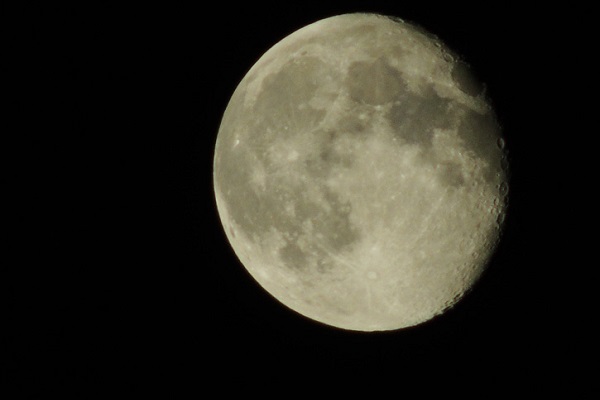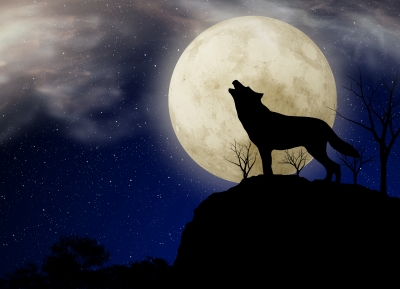There are few sights as breathtaking and awesome as a full, bright moon rising through the sky. The January 31 full moon is extra special: not only is it a Blue Moon (a second full moon in the same month—the first fell on January 2), but just before sunrise, if the weather is clear, we should be able to see a partial (penumbral) lunar eclipse.
The term “blue moon” only came into common usage in the 1940’s. On average, a Blue Moon only occurs every 30 months, but 2018 is not an average year. Following a February completely devoid of full moons, March will see two—on March 1 and 31—meaning we will have two blue moons in two months!
In honor of this fluke of the calendar, here are five beautiful photographs of the moon that have been submitted to our Picture This: Your Great Outdoors photo contest over the years. Learn more about the Blue Moon on our blog. To really get out and enjoy the January Blue Moon, find a night hike program at a sanctuary near you for a moonlit adventure.
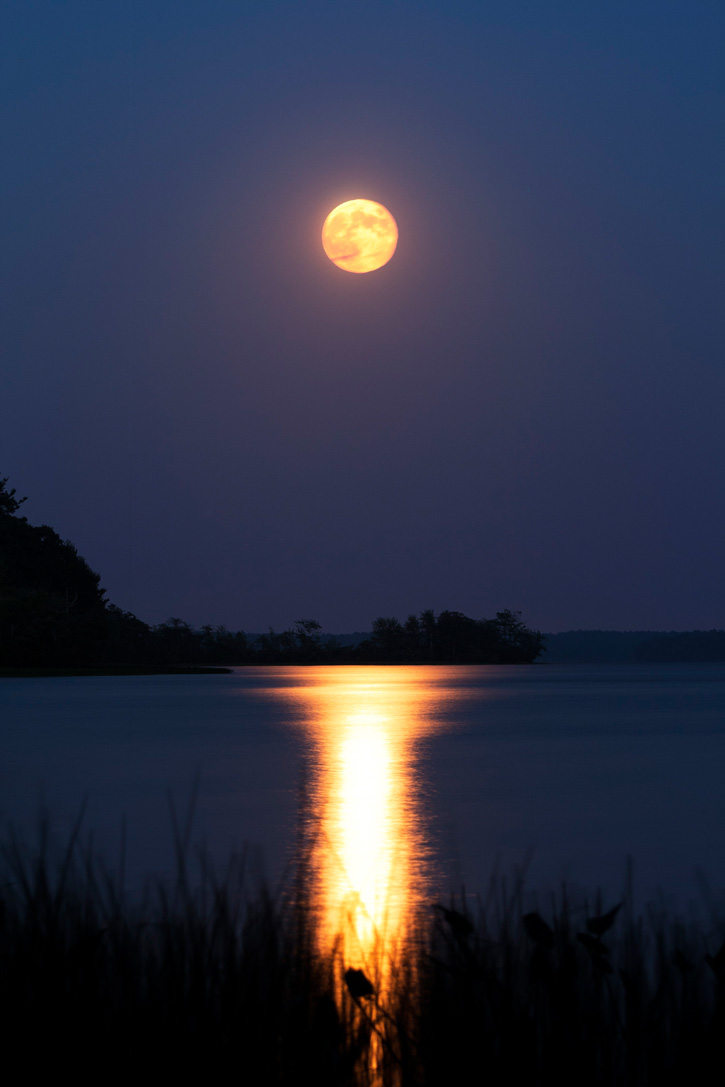
Moon Over Water © Rod Delano
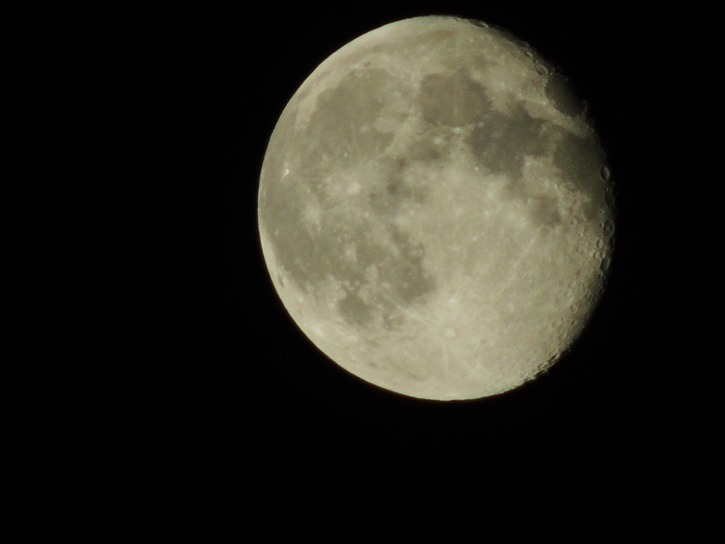
Moon Close-Up © Mackenzie Lannon

Moon © Alex Sullivan
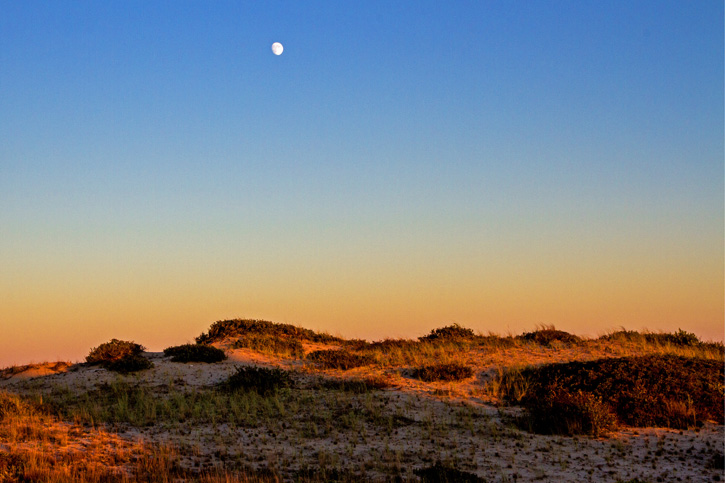
Moon Landscape © Judith Keneman

Moon and Herring Gulls © Lucy Loomis


